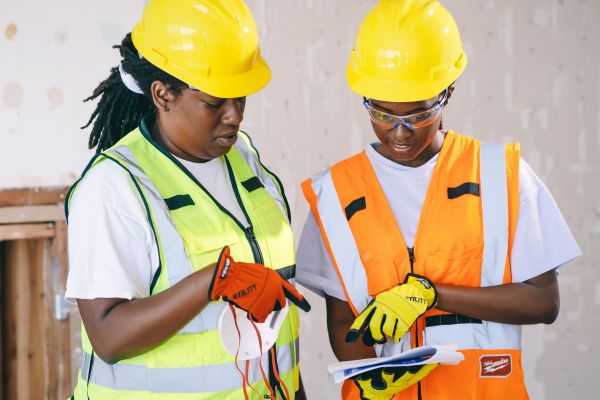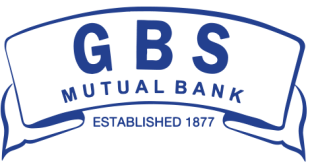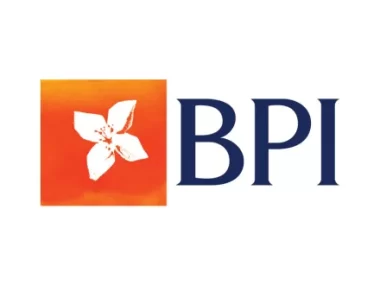In the intricate dance of construction projects, subcontractors play a vital role, and effective bidding is their ticket to participation.
This section emphasizes the pivotal importance of successful bidding for subcontractors, providing an insightful overview of the bidding process.
Key factors influencing successful bid on how to bid a job as a subcontractor is highlighted, setting the stage for a comprehensive guide.
How To Bid A Job As A Subcontractor
Understanding the Project
A critical first step in the bidding process is delving into the intricacies of the project. This involves thorough research of project requirements, including the analysis of scope and specifications.
Identifying client expectations and preferences becomes crucial. Additionally, site visits and assessments are explored, allowing subcontractors to evaluate potential challenges and opportunities while gathering essential information for accurate bidding.
Understanding the project involves a multifaceted approach. Subcontractors must analyze project blueprints, specifications, and any available documentation to comprehend the project’s scale and requirements fully.
Engaging in discussions with the client or prime contractor to clarify any ambiguities or uncertainties is paramount.
Site visits provide firsthand knowledge of the terrain, potential obstacles, and environmental considerations. This comprehensive understanding sets the foundation for a well-informed and accurate bid.
Cost Estimation Strategies
Subcontractors are guided on utilizing historical data and benchmarks, incorporating contingency factors, and maintaining competitive pricing without compromising quality.
Cost estimation involves a meticulous examination of various cost components. Subcontractors should not only consider direct costs like labor and materials but also factor in indirect costs such as equipment, permits, insurance, and administrative expenses.
Utilizing industry-specific benchmarks and historical data helps in creating accurate estimates. The inclusion of contingency factors addresses unforeseen circumstances, offering a buffer against potential cost overruns. Striking a balance between competitive pricing and quality is crucial, requiring a nuanced approach to cost management.
Creating a Winning Bid Proposal
Crafting a bid proposal is an art, and this section provides a detailed guide. It covers the essentials of a compelling executive summary, a comprehensive project description, and a detailed cost breakdown.
Strategies for highlighting unique selling points, showcasing experience and expertise, and presenting relevant success stories and case studies are explored.
A winning bid proposal goes beyond presenting numbers; it tells a compelling story. The executive summary should succinctly capture the essence of the proposal, emphasizing key benefits and differentiators.
The project description should not only outline the technical aspects but also convey a clear understanding of the client’s goals.
The cost breakdown should be transparent, providing a detailed account of how costs align with project deliverables. Integrating unique selling points, experience, and success stories builds credibility and sets the proposal apart in a competitive landscape.
Legal and Compliance Considerations
Navigating the legal landscape is crucial for subcontractors. This section explores understanding local regulations, securing necessary permits and licenses, ensuring compliance with industry standards, and developing contractual obligations and risk mitigation strategies.
Legal and compliance considerations form the bedrock of a subcontractor’s operations. Understanding local regulations ensures adherence to zoning laws, building codes, and safety standards.
Obtaining the required permits and licenses is not only a legal requirement but also a testament to a subcontractor’s professionalism.
Developing a robust contract that outlines responsibilities, timelines, and dispute-resolution mechanisms is essential for a smooth working relationship. Risk mitigation strategies should be proactive, addressing potential issues before they escalate.
Communication and Relationship Building
Effective communication is the lifeblood of successful subcontracting. This section delves into establishing professional rapport with prime contractors, clarifying doubts, and building positive relationships with clients.
Regular updates, progress reports, and addressing concerns promptly are essential components of successful communication.
Communication extends beyond the bid submission. Establishing rapport with prime contractors involves clear and transparent communication from the outset.
Addressing any doubts or concerns promptly showcases a subcontractor’s commitment to collaboration.
Regular updates and progress reports create transparency and build trust, fostering a positive working relationship. Effective communication is a two-way street, and subcontractors should actively seek feedback to continuously improve their services.
Technology and Tools for Bidding
In the digital age, technology is a subcontractor’s ally. This section explores the utilization of bidding software and platforms, implementing project management tools, leveraging digital collaboration for efficient communication, and incorporating data analytics for informed decision-making.
The integration of technology enhances efficiency at every stage of the bidding process. Bidding software streamlines the preparation and submission of proposals, reducing manual errors and saving time.
Project management tools aid in organizing tasks, tracking progress, and ensuring deadlines are met.
Digital collaboration platforms facilitate real-time communication, especially in geographically dispersed teams. Data analytics provide valuable insights, enabling subcontractors to make data-driven decisions for better project outcomes.
Networking and Industry Connections
Building a robust professional network is a strategic move for subcontractors. This section provides guidance on attending industry events, joining relevant associations and forums, leveraging connections for subcontracting opportunities, and seeking referrals and recommendations.
Networking is a proactive strategy that opens doors to new opportunities. Attending industry events allows subcontractors to meet potential clients, collaborators, and industry influencers.
Joining associations and forums provides a platform for knowledge exchange and staying updated on industry trends.
Leveraging connections for subcontracting opportunities involves nurturing relationships and actively participating in the professional community. Seeking referrals and recommendations underscores a subcontractor’s credibility, often leading to valuable partnerships.
Negotiation Strategies
Negotiation is an art, and subcontractors need to master it. This section prepares subcontractors for negotiations by emphasizing the importance of knowing their worth, setting boundaries, identifying potential areas for compromise, and navigating the negotiation process with confidence.
Negotiation is a dynamic process that requires careful preparation. Knowing one’s worth involves a comprehensive understanding of the value the subcontractor brings to the project.
Setting boundaries is crucial for maintaining a fair and mutually beneficial agreement. Identifying potential areas for compromise allows flexibility while ensuring essential aspects are not compromised.
Navigating the negotiation process with confidence involves effective communication, active listening, and a strategic approach to reaching agreements that benefit all parties involved.
FAQs
How do I determine if a project is the right fit for my subcontracting business?
Assessing project suitability involves aligning the project’s requirements with the subcontractor’s capabilities and business goals.
Subcontractors should evaluate whether the project’s scope, scale, and technical requirements align with their expertise. Consideration of timelines, resource availability, and financial viability is crucial.
Assessing the client’s reputation and payment history contributes to making an informed decision about whether the project is a good fit for the subcontractor’s business.
What should I include in my bid proposal to stand out from competitors?
Guidance on creating standout bid proposals is provided, offering valuable tips for subcontractors aiming to distinguish themselves in a competitive landscape.
Creating standout bid proposals involves a strategic approach to showcasing unique strengths. Subcontractors should emphasize their unique selling points, such as specialized skills, innovative approaches, or cost savings.
Providing a comprehensive project description that goes beyond the technical aspects to address the client’s specific needs and concerns adds a personalized touch. Including a detailed cost breakdown with transparent explanations instills confidence in the client.
Moreover, showcasing relevant experience and success stories demonstrates a track record of delivering successful projects, further differentiating the subcontractor from competitors.
How can I ensure my bid is competitive without sacrificing quality?
Maintaining competitiveness without compromising quality requires a strategic approach. Subcontractors should leverage cost estimation strategies that optimize expenses without sacrificing essential project components.
This might involve negotiating favorable rates with suppliers, optimizing workforce efficiency, and implementing cost-effective technologies.
Emphasizing efficiency and innovation in the bid proposal can demonstrate value without compromising on quality. Additionally, showcasing a commitment to meeting deadlines and adhering to project specifications can position the bid competitively while ensuring high-quality deliverables.
Conclusion
Continuous improvement is a cornerstone of success in the subcontracting business. Subcontractors are encouraged to regularly assess and refine their bidding strategies based on feedback, industry trends, and lessons learned from previous projects.
Embracing adaptability involves staying abreast of technological advancements, regulatory changes, and shifts in client expectations.
Viewing each bidding experience as a learning opportunity allows subcontractors to identify areas for improvement and refine their approaches for future bids.
By fostering a mindset of growth and resilience, subcontractors can navigate the dynamic construction industry with agility and stay competitive in the long run.






